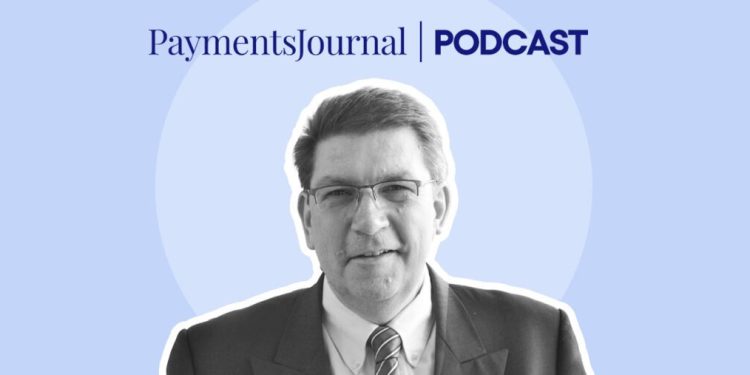ISO 20022, a new global standard for electronic messaging between financial institutions, was initially created to give the financial industry a common platform for sending and receiving data about payments.
However, financial institutions should not look at ISO 20022 as merely a compliance burden to be met, but an opportunity to serve clients better and gain a competitive edge. The amount of data related to payments that will be transmitted under ISO 20022 standards is so robust that it gives banks the ability to know their clients better and create new products and services tailored to their needs.
The robust and granular data will also aid financial institutions in fighting fraud, allowing them to detect potentially fraudulent patterns in payments and stop them before they are completed.
To learn about the importance of ISO 20022 for financial institutions, what benefits it offers, and what it means for the future of payments going forward, PaymentsJournal sat with Andrew Foulds, Director of Global Clearing Solutions, Product Management, EMEA at Fiserv, and Steve Murphy, Director of Commercial and Enterprise Payments Service at Javelin Strategy & Research, for a podcast discussion on this topic.
This blog is the second of a two-part series covering that podcast. Part 1, which covered why the ISO 20022 standards were delayed and what financial institutions can expect around their implementation, can be found here.
The Many Benefits of ISO 20022 Compliance
Foulds observed that when it comes to ISO 20022, “The focus on compliance with these regulatory changes can make institutions lose sight of what the business benefits are. These messages contain a lot more data and richer data. That allows us to look at and examine this data and turn it into information, which can then be used to create new services for clients.”
Foulds added that banks can take the new data and “turn it into something useful and add to the services you are already providing now.”
For example, ISO 20022 data can be used to help business clients better manage liquidity and cash flow. ISO 20022 data can also be applied to supply chains to help solve supply chain network problems.
Murphy noted the vast potential for improving and streamlining B2B payments using ISO 20022. Nacha, the electronics payments association, reported that fewer than 20% of B2B payments are processed automatically. The group further noted that ISO 20022 data can greatly improve automation of B2B payments by automatically extracting and providing typical information found on invoices. Thus, businesses can issue a “request for payment” to a payor and receive the money automatically without the need for any human intervention.
“There is a big opportunity for revolutionizing B2B payments down the line [with ISO 20022 data] when banks learn how to use all that data,” said Murphy.
Benefits from ISO 20022 will likely be seen in consumer-related payments first said Foulds, though he agreed there are massive opportunities in the B2B space.
“A lot of the banks I talk to really understand the benefits and advantages [of using ISO 20022 data in B2B payments] but they say, ‘we’ve got to really get our house in order and understand it fully before rolling it out to our corporate clients,’” said Foulds.
ISO 20022 and the Fight Against Fraud
As payments continue to become faster and more digital, the risk of fraud related to payments continues to increase, making detection crucial.
“Fraud is a big issue for our industry globally,” Foulds said. “Fraudsters are constantly evolving their methods and attacks to try and stay one step ahead.”
ISO 20022 does not have anything to do with fraud per se, but it will enable banks and payment providers to more easily detect and stop fraud due to the greater amount of information and detail around payments that it provides.
For example, Foulds noted that simply checking the name associated with a payment against the name that is on an invoice can reduce fake invoice fraud by 30%. ISO 20022 data will provide many more data points to use to check against potentially fraudulent payments.
“The more data we have, the more we can investigate transactions and make sure every payment is going where it is supposed to go,” he added. “There are plenty of opportunities for ISO 20022 there.”
Murphy noted that the increase in real-time payments makes it easier for fraudsters to get away with payments fraud before it can be detected. He added that digital payments fraud is also up since the pandemic, when many more people started making payments digitally.
“As payments become more electronic, there are more schemes being developed by fraudsters to take advantage of this,” Murphy said. “Banks need to be able to look at behavioral patterns and data and track this 24/7 and 365 days a year to detect and stop fraudulent payments.”












